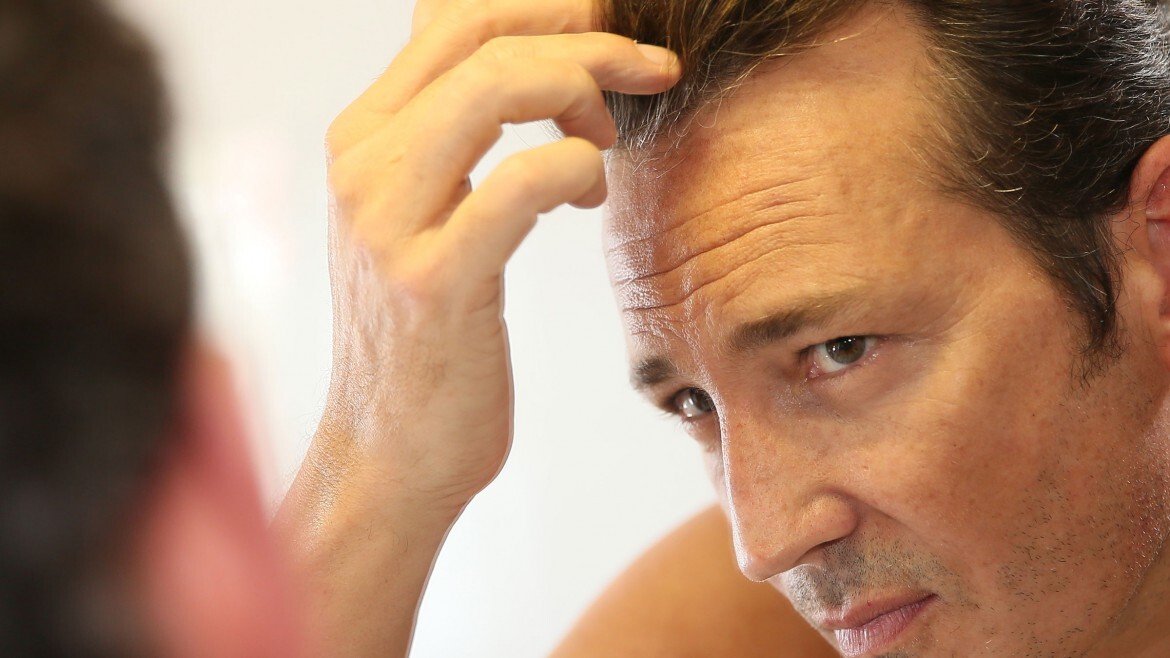What is seborrheic dermatitis?
It’s a yellowy red rash which is often scaly with greasy scalp. Weather, hormones, and stress can affect a persons symptoms. The condition doesn’t spread from person to person. Around 1 in 10 people have Seborrheic Dermatitis (simular numbers to Psoriasis). Young infants under 3 months old (this is commonly known as Cradle Cap) and adults between ages 30 and 60 are mostly likely to be affected by this condition. It appears to be more common in men than in women and in people with naturally oily skin or a family history of Psoriasis. Medics don’t know the exact etiology for Seborrheic Dermatitis, but some protagonists that are often associated are;
Part of our scalp microbiome known as Malasezzia can over populate causing irritation. Higher levels of androgens (type of hormone) More fats in scalp Sebaceous oils. Scalp erythema and inflammation Things like stress, cold weather, harsh cosmetics and shampoos can absolutely trigger more irritation. Our Trichologists will ask you about your medical history, symptoms and look at your scalp clinically and microscopically.
Following this we will be able to complete a differential diagnosis against similar looking conditions such as Psoriasis, and then discuss an appropriate treatment process for you.
What are the causes of seborrheic dermatitis
Scientists aren’t sure what causes seborrheic dermatitis. They are thought to have many causes of dermatitis. It is the best known
- A type of yeast called Malassezia, which is present on everyone’s skin, but overgrow in some people.
- An increased level of androgens (a hormone).
- An increased level of skin lipids.
- An inflammatory reaction.
- Family history (dermatitis runs in the family).
- Other factors that trigger or worsen seborrheic dermatitis include:
- Oily skin.
- Using alcohol-based lotions.
- History of other skin disorders, including rosacea, psoriasis and acne.
Treatment of seborrheic dermatitis
A cycle of peeling treatments and soothing draining lotions was carried out, due to the presence of impurities on the scalp also due to unsuitable cleansing
Detoxifying treatments for the correct restoration of the natural functions of the scalp
Use of a shampoo with a purifying action on the scalp
A lotion based on Essential Oils was used daily from the beginning of the treatments
Maintenance: A detox every 2 months shampoo and lotion suitable for that scalp
